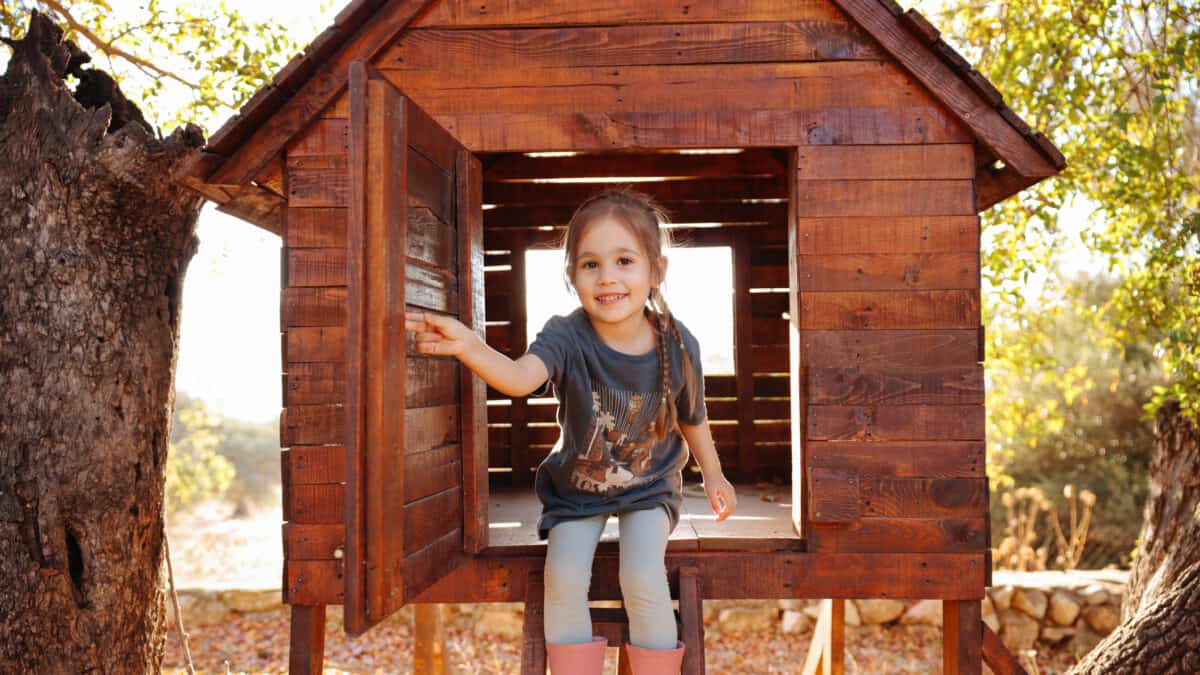On the face of it, buying investment property in Australia's regions may seem like the inferior choice.
Historically, regional properties have been a cheaper option for investors, delivering superior rental returns but less capital growth than the cities. And it was harder to find a good long-term tenant.
What's the equivalent in shares?
Are ASX small-cap shares seen as the inferior choice to ASX 200 blue-chip shares?
Depends on your point of view. Small-caps are riskier investments but the good ones can deliver more share price growth than the large-caps over the long term. But they typically don't pay dividends, so there's no yield for their investors, and they can struggle to perform in poor economic conditions.
But are times changing? Are regional properties and ASX small-caps looking more attractive these days?
Over the past three years, regional properties have actually grown at a faster rate than city properties.
They've still delivered superior rental returns, and it's become much easier to find a tenant with the average regional vacancy rate currently as low as the cities at 0.8%, according to Domain data.
And what about ASX small-cap shares?
Some experts are saying they're looking more attractive, given they were sold off as interest rates rose, and now that rates are expected to fall, their prospects for share price gains look better.
Let's investigate further.
Buying investment property in regional areas
A key reason why capital cities have historically delivered better capital gains is population density and growth.
Migration is the primary driver of our population growth, and we don't build enough new homes. That means housing demand goes up at a rapid rate every year, with all those new arrivals needing homes immediately. Natural increase (births minus deaths) raises housing demand much more slowly.
On top of that, Australia only has eight capital cities, and almost 70% of us choose to live in one of them.
But Australia has just undergone a dramatic population shift.
During the pandemic, working from home enabled thousands of city dwellers to relocate to the regions for more affordable housing and arguably a better lifestyle.
In 2020, interstate migration reached its highest level since the Australian Bureau of Statistics began keeping records in 2001.
This trend continued for a while, leading to massive property price growth. So much so that the 10-year rate of capital growth is now higher in the regions, as this chart shows.

This has changed the game when it comes to buying investment property.
While that COVID surge in interstate migration has tapered back, remote work is a permanent change.
This means future generations will have far more choices as to where to live. This may create permanent changes in our population movement, especially given the housing affordability challenges in our cities.
The Regional Australia Institute (RAI) estimates that 3.5 million Australians are interested in relocating to regional areas today.
Difficulty finding employment was previously a deterrent to regional living. Now, people can take their jobs with them, or find one pretty easily locally.
The Federal Government's newly released State of Australia's Regions 2024 report says three years of record agricultural production and expanded tourism have contributed to strong regional economic growth and a more than doubling of regional job ads over the four years to October 2023.
Put all that together, and regional property markets seem to have stronger economic fundamentals to support better capital gains in the future.
Plus, most of them are still cheaper than city markets and still deliver better rental yields.
Will this see more people buying investment property in regional areas?
It seems so, with research by MCG Quantity Surveyors revealing the average distance between landlords' primary residences and their property investments soared to 1,502km in the year to November 2023.
It was just 293km before COVID.
For the record, regional South Australia delivered the best capital gains of the regions in 2023 at 9.4%.
Buying ASX small-caps for investment
ASX small-cap shares are those with a market capitalisation of between a few hundred thousand and $2 billion.
They are typically young and growing companies that have yet to establish strong, consistent earnings. They often don't do well when interest rates are rising because they're carrying debt to enable expansion.
Their share prices are volatile, and their trading liquidity is often constrained.
However, for investors with medium to high risk tolerance, ASX small caps can be more attractive. This is mainly because their prospects for long-term capital growth can be better.
Andy Gracey, portfolio manager of the Emerging Companies and the Australian Shares Fund at Australian Ethical Investment, says ASX small-cap shares may do better this year.
In an interview with my colleague Bernd last month, Gracey said:
Small companies and particularly microcap companies have underperformed their Australia blue-chip peers over the last few years, so there certainly is rationale to anticipate some form of catchup for these emerging companies.
Gracey has some tips for investors interested in buying ASX small-cap stocks this year.
Morgans analysts also think ASX small-cap shares may be in for a good year, commenting:
Small-caps have historically bounced hardest upon confirmation of a flattening-out in the rates cycle. Several ingredients remain in place supporting a rebound in this space (rates, trading/fundamentals, sentiment/positioning). We think the tide is turning for small-caps, and now is an opportune time to build exposure to forgotten small-caps.
Morgans says their favourite seven forgotten small-caps include ASX biotech Clinuvel Pharmaceuticals Limited (ASX: CUV) and debt collector Credit Corp Group Limited (ASX: CCP).
Broker Bell Potter says luxury retailer Cettire Ltd (ASX: CTT) and electrical infrastructure products group IPD Group Ltd (ASX: IPG) are small-caps worth buying.
LSN Emerging Companies Fund likes financial services provider EQT Holdings Ltd (ASX: EQT) and MMA Offshore Ltd (ASX: MRM).
Joe Wright of Airlie Funds Management says ASX small-cap stock selection is crucial. He recommends avoiding 'concept' companies and those with excessive gearing.









